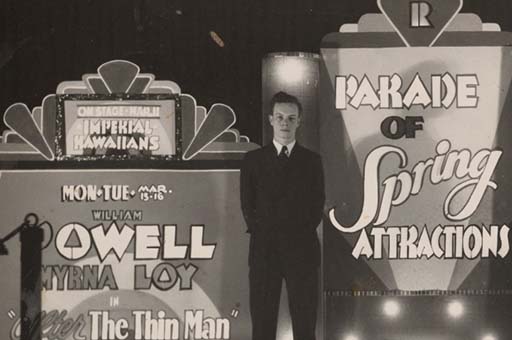Historical records detailing the growth of one of the world’s largest airlines are available to the public online through the Digital Library of Georgia, thanks to a partnership between the Delta Flight Museum, the University of Georgia Libraries, and GALILEO.
The collection contains Delta Air Lines’ digitized timetables, flight maps, and annual reports for the past century through its expansions, moves, and mergers with other airlines to become the aviation industry leader in the United States.
“Sharing our collection of digitized annual reports and timetables of Delta and family member airlines provides wider access to this rich resource of materials documenting the nearly 100 years of Delta’s history and the development of commercial aviation both locally and globally,” said John Boatright, president of Delta Flight Museum, a non-profit museum housed in the original 1940s hangars at Delta’s Atlanta headquarters.
“This partnership with DLG allows us to enhance our engagement with educators, researchers, and aviation enthusiasts.”
Delta Air Lines traces its history to the world’s first crop-dusting company in Macon in 1925, and the company has been headquartered in Atlanta since 1941.
For Toby Graham, university librarian and associate provost at UGA, those connections to the state align the digital archive with the mission of the Digital Library of Georgia, a GALILEO initiative based at UGA’s Main Library dedicated to the digital preservation and open access of historic materials that reflect the state’s history and culture.
“As one of Atlanta’s largest employers, Delta and its business history are fully integrated with the story of our state. We are proud to partner with the Delta Flight Museum to preserve and share these historical documents with the community and with researchers interested in aviation, business, travel, and other fields,” said Graham.
In addition to historical items directly related to the airline, the Delta Flight Museum’s online archive contains business publications from many of the more than 40 affiliated airlines that make up the “Delta family tree.”
These include:
Chicago and Southern Air Lines, which brought Delta’s first international routes to the Caribbean and Venezuela in 1953;
Boston-based Northeast Airlines, which extended Delta’s East Coast services from Canada to Florida and Bermuda in 1972;
Los Angeles-based Western Airlines, the oldest continuously operating airline in the United States before Delta acquired it in 1987;
and Minnesota-based Northwest Airlines, which carried the most passengers across the Pacific Ocean and was a top domestic cargo carrier until its merger with Delta in 2008.
About Delta Flight Museum
The Delta Flight Museum is a premier international destination located in the heart of Delta Air Lines’ worldwide headquarters in Atlanta, where visitors explore aviation history, celebrate the story and people of Delta, and discover the future of flight.
Housed in Delta’s historic 1940s aircraft hangars, the not-for-profit Delta Flight Museum offers an unmatched experience for aviation enthusiasts of all ages. A fleet of rare vintage aircraft and artifacts from more than 40 airlines related to Delta enhance our interactive experiences and unique event and education spaces. Visit online at deltamuseum.org
Selected images from the collection:
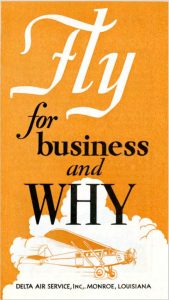
Title: Fly for business and why [Fall/Winter 1929]
Description: This brochure documenting Delta’s entry to passenger service describes air transportation for businessmen as reliable, cost-saving, and efficient. The expansion was significant for Delta, which began in 1925 as a crop-dusting company based out of Macon, Georgia, and then Monroe, Louisiana.
https://dlg.usg.edu/record/delta_das_das-brochure-fly-1929
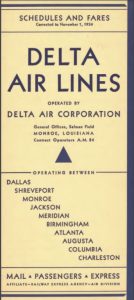
Title: Delta Air Lines Schedules and Fares 1934 November 1
Description: Printed pamphlet for Delta customers with flight schedules, fares, and contact information for customers, with service to 10 locations in the Southern U.S.
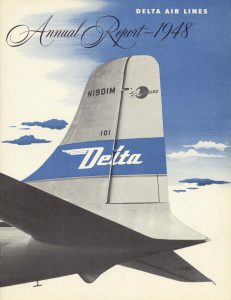
Title: Delta Air Lines annual report 1948
Description: Cover page from a yearly financial and performance report published by Delta, highlighting aircraft fleets, corporate mergers and alliances, personnel, facilities, routes, major investments and initiatives, board of directors, and officers.
https://dlg.usg.edu/record/delta_dal-ar_dal-ar-1948
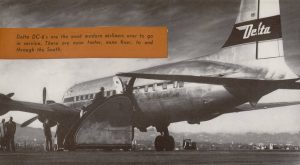
Title: Delta Air Lines annual report 1948
Description: A photo printed in a yearly financial and performance report published by Delta, highlighting aircraft fleets, corporate mergers and alliances, personnel, facilities, routes, major investments and initiatives, board of directors, and officers.
https://dlg.usg.edu/record/delta_dal-ar_dal-ar-1948
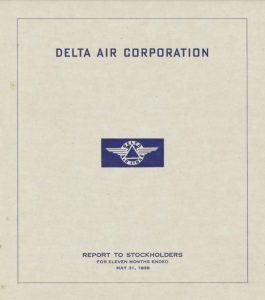
Title: Delta Air Corporation annual report 1939
Description: The oldest annual report in the collection dates to 1939, when the company was known as Delta Air Corporation, based out of Monroe. Delta later moved its headquarters to Atlanta in 1941 and would officially become Delta Air Lines four years later in 1945.
https://dlg.usg.edu/record/delta_dal-ar_dal-ar-1939
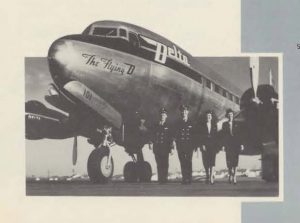
Title: Delta Air Lines annual report 1950
Description: Image of a Delta Air Lines flight crew in front of a plane, shown in a 1950 Delta Air Lines printed annual report from 1950.
https://dlg.usg.edu/record/delta_dal-ar_dal-ar-1950
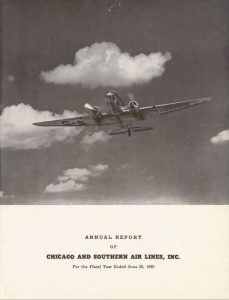
Title: Chicago and Southern Air Lines Annual Report 1940
Description: Delta Air Lines’ first international routes to the Caribbean and Venezuela grew out of its first airline merger with Memphis, Tennessee-based C&S, in 1953. The collection above houses annual reports for C&S from 1940-1953, before the merger with Delta.
https://dlg.usg.edu/record/delta_csa-ar_csa-ar-1940
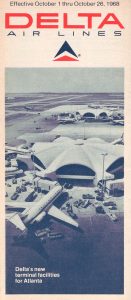
Title: Delta Air Lines System Timetable 1968 October 1
Description: Printed, multi-page booklet for Delta customers with flight schedules, contact information, airline route maps, aircraft types, meal service, and advertisements.
https://dlg.usg.edu/record/delta_dal-tt_dal-tt-19681001

[dal-tt-201908]
Image courtesy of Delta Flight Museum
Title: Delta Worldwide Timetable August 2019
Description: A modern Delta Air Lines flight timetable (August 2019). Today, nearly 5,000 Delta flights take off every day, connecting people across more than 265 destinations on six continents.
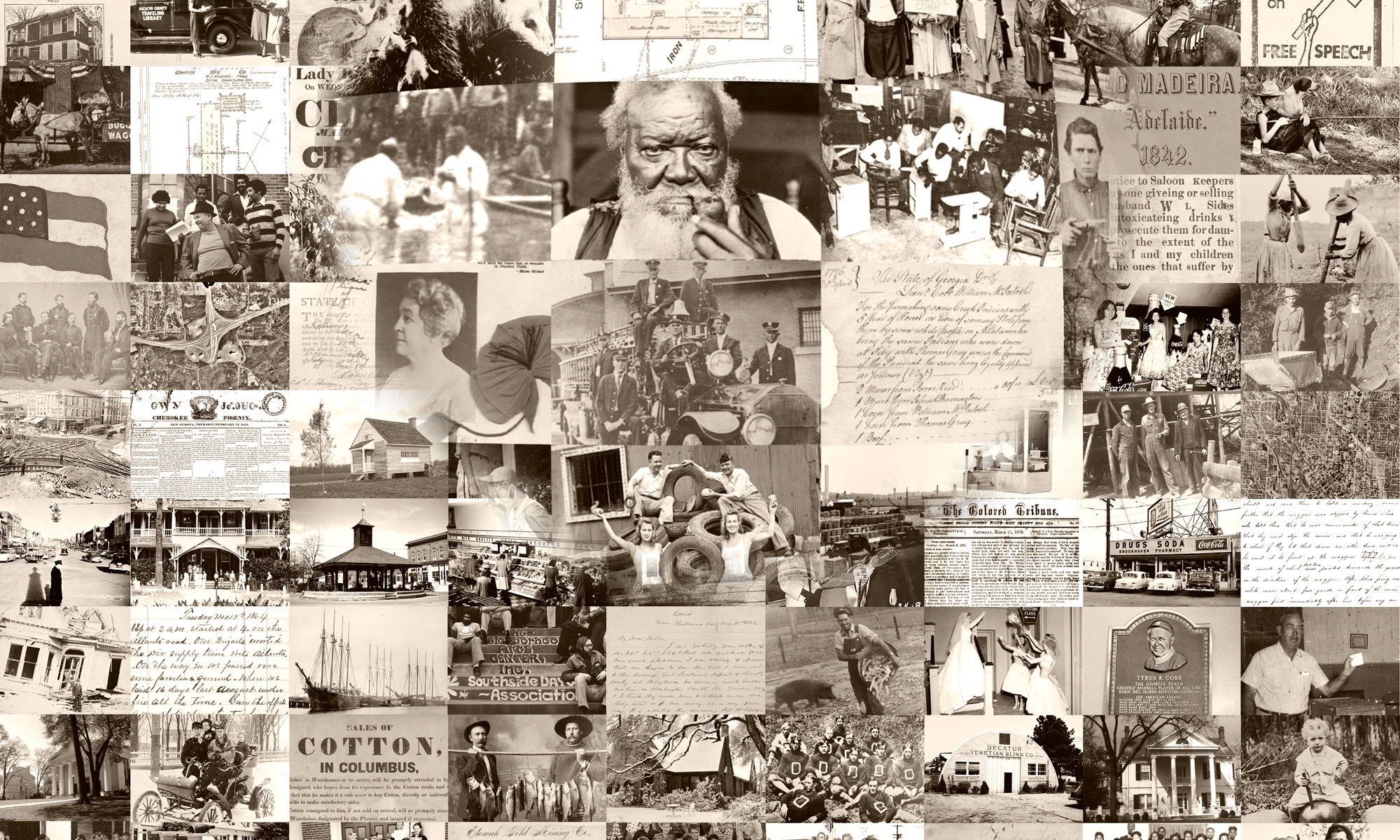
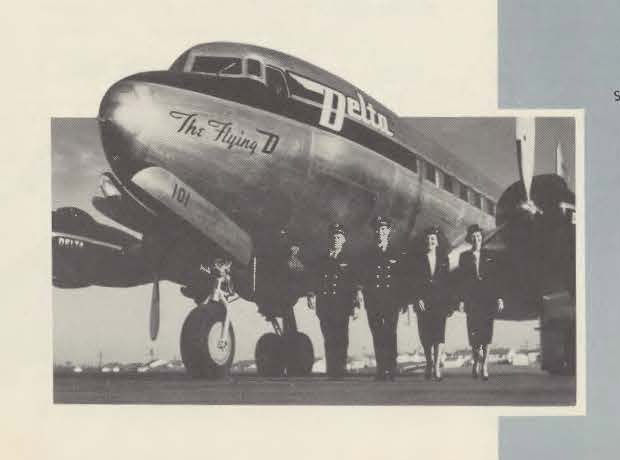

![A black-and-white photo of the facade of the Rylander Theatre in Americus, Georgia. The marquee reads "Mon Tue Bette Davis Edw[ard] G. Robinson in Kid Galahad." A young man sits on top of a motorcycle as he looks back at the theater, and pedestrians walk along the sidewalk in front of the theater.](https://blog.dlg.galileo.usg.edu/wp-content/uploads/2022/01/ryl_rtsc_rtsc18-rylander-theatre-street-view.jpg)
